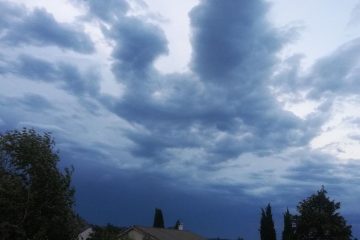Hawaii Volcano Eruptions: Recent Developments and Safety Measures

Introduction
Volcanoes in Hawaii have a profound significance both geologically and culturally. Hawaii’s unique landscape, shaped by volcanic activity, draws millions of visitors every year. Recently, the Hawaiian Volcano Observatory (HVO) has reported new activities at Kīlauea and Mauna Loa volcanoes, raising concerns about safety and the potential impact on local communities and tourism.
Current Events Surrounding Hawaii Volcanoes
Kīlauea, one of the world’s most active volcanoes, began erupting again on September 10, 2023, after several months of relative quiet. This newest eruption has primarily been contained within the Halemaʻumaʻu crater. As of mid-October 2023, lava flows remain shallow, posing manageable risks to park infrastructure and visitors. Residents and officials have been closely monitoring prevailing winds and lava activity patterns to foresee any necessary evacuations or closures.
Meanwhile, Mauna Loa, which last erupted in late 2022, hasn’t shown active signs as of the latest reports. However, scientists indicate that it remains a volcano of interest due to its size and potential impact if future eruptions occur. HVO scientists employ various monitoring instruments to gauge tectonic activity, seismic occurrences, and gas emissions to forecast volcanic behavior in both Kīlauea and Mauna Loa.
Safety Measures and Community Preparedness
In response to these volcanic activities, state and local officials have ramped up community preparedness programs. The Hawaii Emergency Management Agency (HI-EMA) has disseminated public information on evacuation routes and safety protocols in the event of rapid volcanic eruptions. Residents are encouraged to develop their emergency plans and keep an eye on updates from the HVO.
Additionally, the National Park Service has emphasized the importance of responsible tourism. They urge visitors to respect park regulations, stay updated about the conditions, and prioritize safety while enjoying Hawaii’s natural beauty. Volcanic activity can lead to hazardous air quality conditions, and thus visitors are advised to stay informed through advisories provided by the state.
Conclusion
Hawaii’s volcanoes are a reminder of the island’s dynamic Earth processes, underscoring the necessity of vigilance in both monitoring and community preparedness. For now, Kīlauea’s eruption offers a spectacle for tourists while highlighting the importance of safety protocols. As scientists continue to observe Hawaii’s volcanic landscape, it is essential for residents and visitors alike to stay informed about potential changes to the status of these majestic geological features. Proper education and continuous communication are vital to both safeguarding lives and appreciating Hawaii’s natural wonders.









